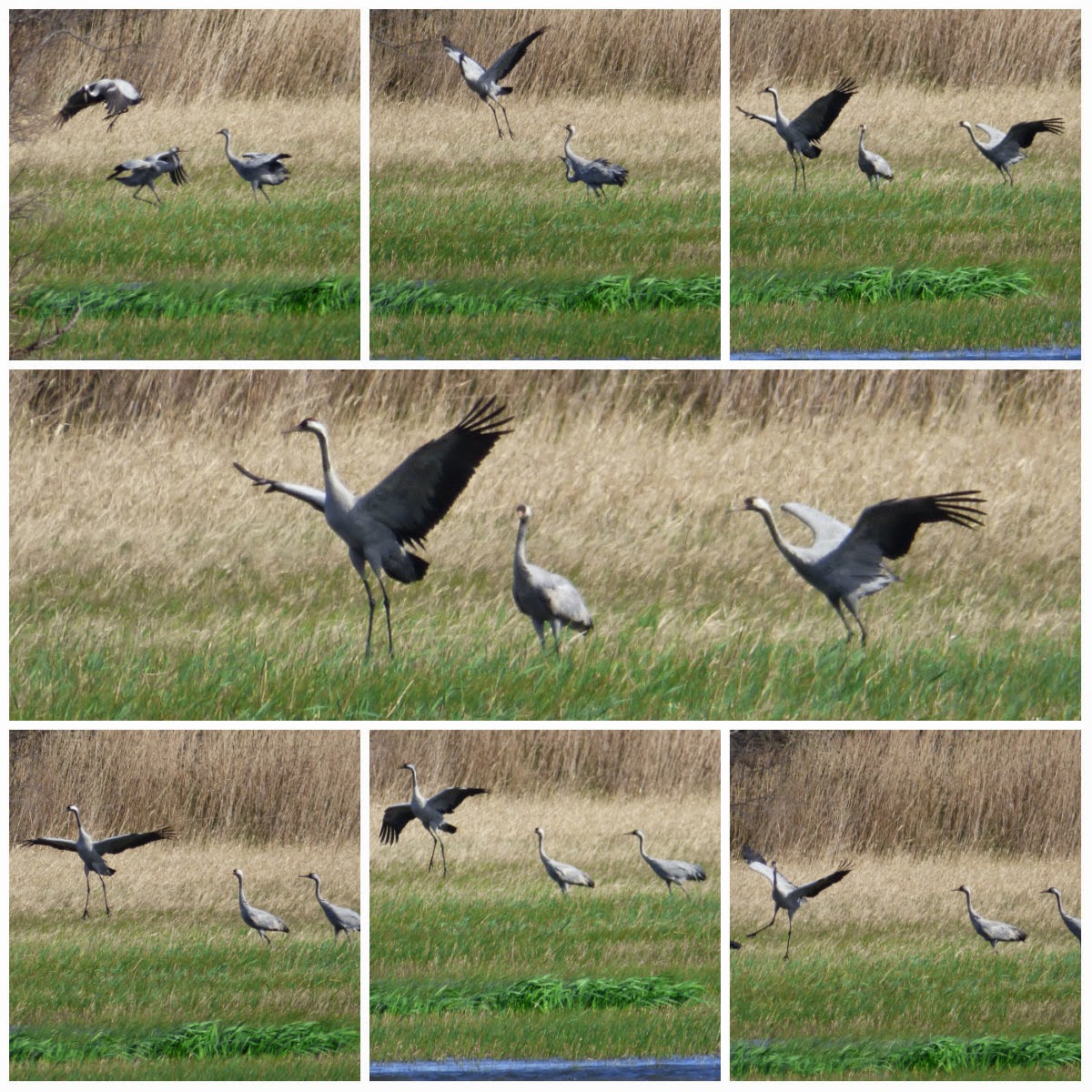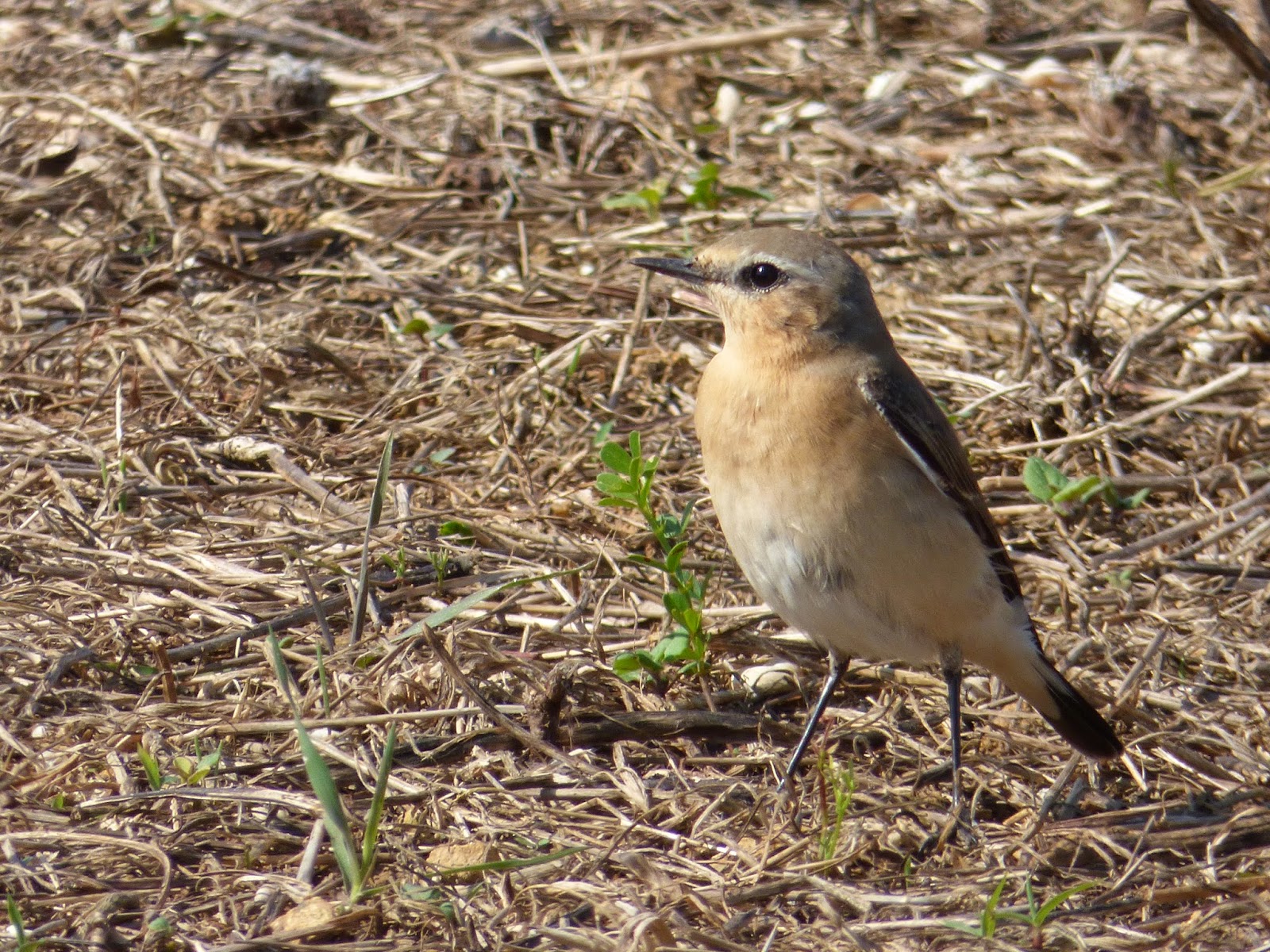Acabant l'any observant mascarells i xatracs des del passeig de l'Escala, portats per la mala mar, he fet un resum de tot el que he pogut veure aquest 2014. He fet tres llistes. En les llistes de les millors espècies, he pensat que estaria bé deixar una mica (no gaire) de banda el meu instint natural de posar per davant les rares i contar els ocells que, realment, m'han fet disfrutar més veient-los, ja sigui pel seu plomatge increïble, el seu comportament o simplement per un alt nombre d'individus. Això mateix he fet en la llista dels ocells que no he pogut veure, tot i haver-ho intentat molt. En aquesta hi he afegit les fallades més "èpiques" de l'any. Allò de fer una hora de viatge i arribar a lloc i que et diguin que ja ha marxat... A l'altra llista, hi he posat les espècies que més vull veure el 2015, agrupades en dos grups: les que són tant vergonyosament comunes que si segueixo un altre any sense veure m'hauré de tornar a plantejar la manera com intento veure ocells, i les que són bastant o molt rares però tampoc impossibles.
Bon Any Nou i bones observacions per aquest 2015!!
Llistes finals:
Llista total: 219
Llista de l'any: 198
Llista del patch de l'any: 117 (una mica millor que l'any passat!)
Finishing the year with the shighting of two gannets and some terns in l'Escala, brought by the storm, I've made a summary of what I have been able to see this 2014. I've done three lists. To make the "greatest birds" list, I thought it would be cool to forget for a moment (just for a moment) my natural instinct of writing the rarest birds first, and count the species that made me enjoy a lot, either for their incredible plumage, behavior or simply a high number of individuals. I have done the same with the "most epic dips" list. In this one, I've included the birds that I couldn't see, even trying really hard. You know, dipping is one of the hardest things of the birding world... At the last list, I've wrote the species I really want to see next year, in two groups: the ones that are so shamefully common that if I spend another year without twitching I'll have to find another way of birding, and the ones that are quite or really rare, but still not impossible to see.
Happy New Year and good birding to all!!
Final lists:
Life list: 219
Year list: 198
Patch year list: 117 (pretty better than last year!)

















































